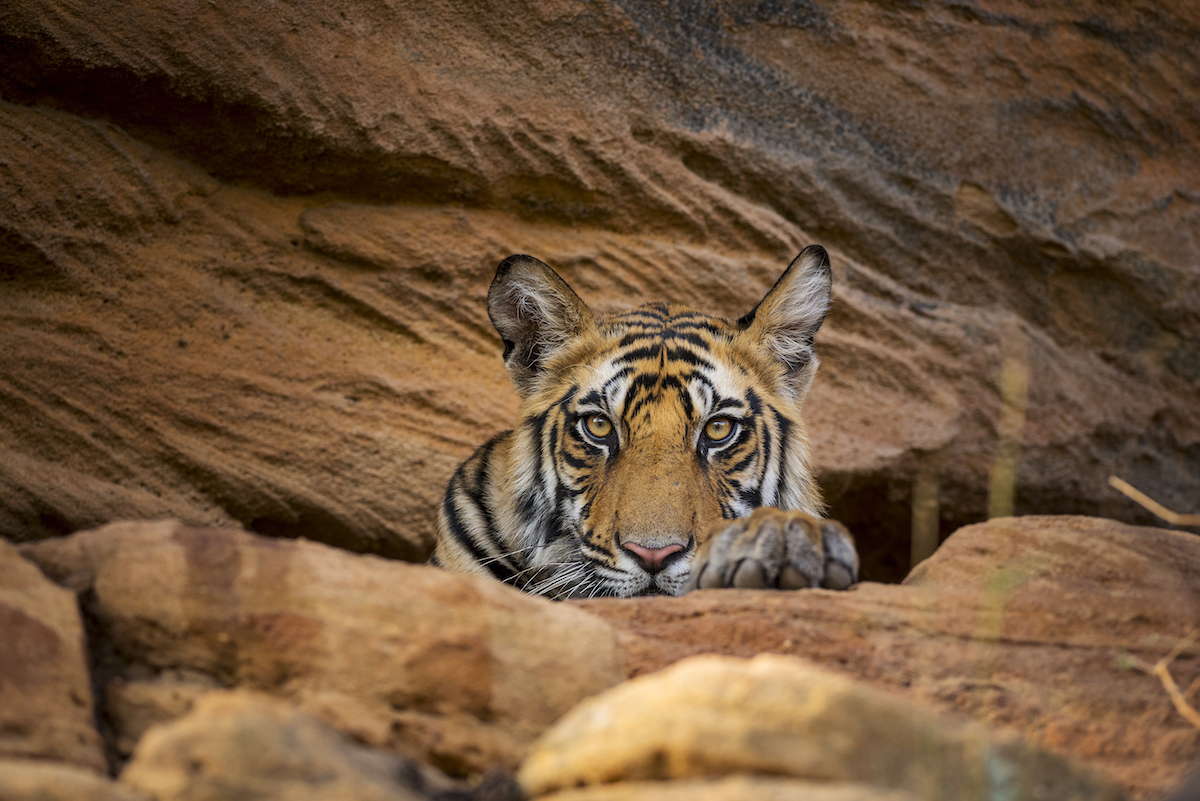There’s a hotel on Bali that has passed a “digital detox” policy for its guests — while poolside, anyway. The resort has banned smartphones from outdoor public areas to enforce relaxation, and the early word is that people are loving it.
I won’t be on Bali for the next two weeks, but I will be somewhere in the tropics, untethered from my digital devices.
So … no blog, no Dispatches, and no weekly columns for TVWorthWatching.com. Imitation is the sincerest form of — well, if not relaxation exactly, something close. As writer Hannah Ellis-Petersen put it recently in the Sunday Observer, does a hotel pool exist if you don’t put it on social media?
Ayana Resort in Jimbaran, Bali —perched on a limestone cliff overlooking the Indian Ocean — is encouraging guests to simply soak in their surroundings and take pleasure in being alive and somewhere other than the concrete jungle — to stare at the wider, green world, rather than staring at a screen.
Ayana’s digital detox extends to tablets, MP3 Players and laptops, not just smartphones. It’s all part of an effort to “forcibly untether people from their addiction of checking the news, compulsively taking photos, updating social media and replying to emails even when on holiday.”
I will be taking photographs, mind, just not compulsively. And not on Bali.
All of us need to take a break from the wired world on occasion. It’s hard sometimes to grasp just how pervasive — and easy — instant communication has become, across the entire globe. A conservation-photographer acquaintance of mine just this past week sent me a Facebook message from the Southern Ocean, off the northern tip of Antarctica. Her expedition ship had no Internet connection while in Antarctica, she noted, but she had discovered — presumably by accident and not out of some need to stay in touch with the West Coast of Canada — that her Facebook Messenger app worked, albeit sporadically, and assuming her ship wasn’t about to be tossed about in a Force 9 gale while trying to navigate the Drake Passage, somewhere off Antarctica’s South Shetland Islands. The life of a research assistant in 2018 is never completely cut off from the ends of the Earth, it seems.
On Bali, Ayana’s guests are encouraged to swim, “truly relax and be in the moment” and — spoiler alert — read a book. On actual paper.
There’s even a new word to describe our need to be in touch 24/7 — “nomaphobia,” which experts are now labelling “the 21st century disease.” Surveys show that, even while travelling, one-in-five of us check our phone once an hour. More than one in 10 of us — 14%, if you must know — admit to checking our phones at least twice an hour. A 2017 Deloitte survey in the UK found that more than a third of those polled — 38%, if you must know — said they believed their were using their smartphone too much . . . and then immediately went back to looking at their phones.
After all, how were they to know the results of the survey they had just taken, if they didn’t look it up online?
Myself, I plan on reading Paul Theroux’s new book, Figures in a Landscape: People and Places, and the Pulitzer Prize-winning New York Times Africa correspondent Jeffrey Gettleman’s book, Love, Africa: A Memoir of Romance, War and Survival — in the original hardcover.
Back in two weeks.



















